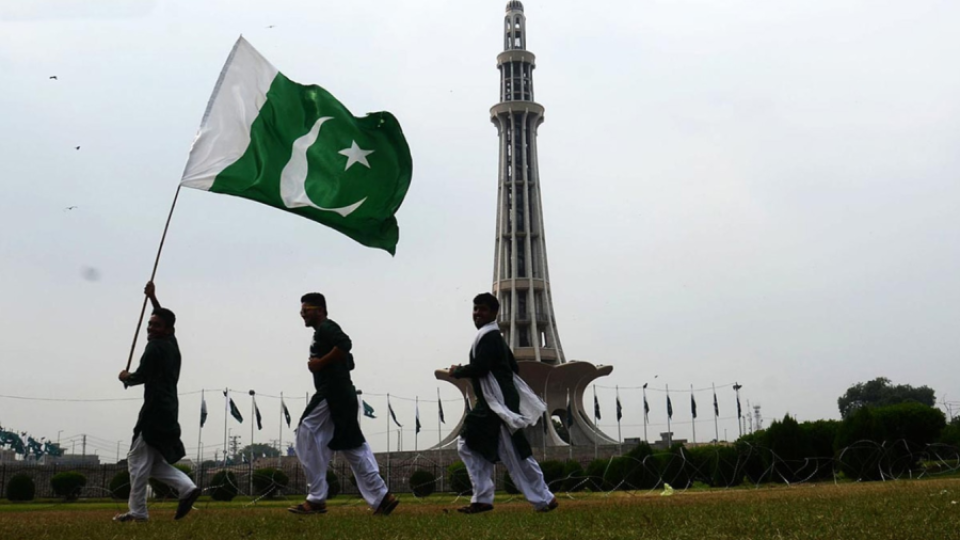
Having power in the international sphere is the ultimate goal for countries. The most effective way to do that was to showcase “hard power” which is done through military might. It is a means available to superpowers such as the USA or Russia. Countries that do not have such means began developing their “soft power”. Soft power includes using means other than military might such as trade, diplomatic exchanges, cultural exchanges etc to gain influence. Soft power not only improves your international influence, but also your political and economic gains. A popular method of accruing soft power is through positively branding a country which attracts foreign political and economic opportunities. However a negative reputation, or “branding”, would result in the opposite effect. A clear illustration of this duality can be seen by observing the Korean Peninsula. While South Korea is internationally appreciated for its technical innovations and impressive media, North Korea is shunned for being a dictatorial regime that disregards human rights.
In Pakistan’s case branding has always been an issue. The war on terror has unfairly labelled the country as a supporter of terrorism, even though it is one the most affected victims. The frequent terrorist attacks throughout the country as well as on the borders created defence concerns while simultaneously damaging the image of the nation and its citizens, resulting in economic decline. However, even though the military operation Zarb-e-Azb initiated by the military in 2014 reduced the activity of terrorist incidents, with one report by Brookings indicating that the number of incidents in 2020 fell to 319 from almost 4000 back in 2013, the country made no attempts and rebranding itself in this new light that had arrived. This problem is further exacerbated by India’s successful branding of its culture and national identity which has subsumed Pakistan’s own. While both countries have their differences, they also have a lot of similarities which can be attributed to both cultures. Due to India’s branding success, the world believes these similar cultural aspects to be Indian and do not even know that Pakistan also has a similarly rich culture. As illustrated by Maria Amir, it is very hard to push forward a label on India regarding their atrocities in Kashmir while it is easy to label Pakistan as militant. This can only be due to both country’s respective image management.
Hope came in the form of ex-Prime Minister Imran Khan under whom some initiatives boosted tourism as well as improved the country’s nation brand. The first was the Khan government’s focus on funding the tourist industry to foster its growth. This has had a lasting impact as Pakistan experienced a 115% increase in tourism in 2023 when compared to the previous year, according to Dawn. The second is the reopening of the Kartarpur Corridor to Sikh pilgrims so that they may freely practise their religion, showing a tolerant and welcoming attitude of Pakistan. In addition to that, media programs such as the music program Coke Studio has provided a platform for Pakistan to broadcast its rich culture to the world as shown by the song Pasoori by Ali Sethi and Shae Gill that became one of the most listened to songs in the globe with over 700 million views on Youtube.
This moment where Pakistan is seeing an increased interest must be capitalised on. The Pakistani government must take advantage of the current situation and launch holistic policies focused on nurturing these facets that further improve the country’s brand so that we can attract more interest globally, leading to more Foreign Direct Investments or FDIs and other trade opportunities, eventually resulting in Soft Power development. The tourist industry of Pakistan is already seeing a great incline. The government must facilitate its growth so that it can become a premier industry that brings in revenue. Pakistan also has an extremely rich culture. There are three main ways I believe Pakistan can best improve its brand. The first is by highlighting its culture through media sources such as Coke Studio and TV serials in a similar manner to South Korea vis a vis Korean pop and Korean dramas. The second is through food diplomacy as expertly done by Thailand. While many believe India and Pakistan’s cuisine to be the same, that is not entirely the case. While very similar dishes, there are certain differences when it comes to preparation as well as type of dishes in Pakistan as compared to India. One example is that, compared to India, Pakistani cuisine is very heavily influenced by meat, such as the famous dish called Nihari that contains beef, which is not really found in the majority of India due to religious reasons. Lastly, by improving the tourism industry and ensuring smooth uninterrupted operations, we can show the world that Pakistan is a safe country to visit, with potential for investment which will improve its brand as well as soft power prospects.
